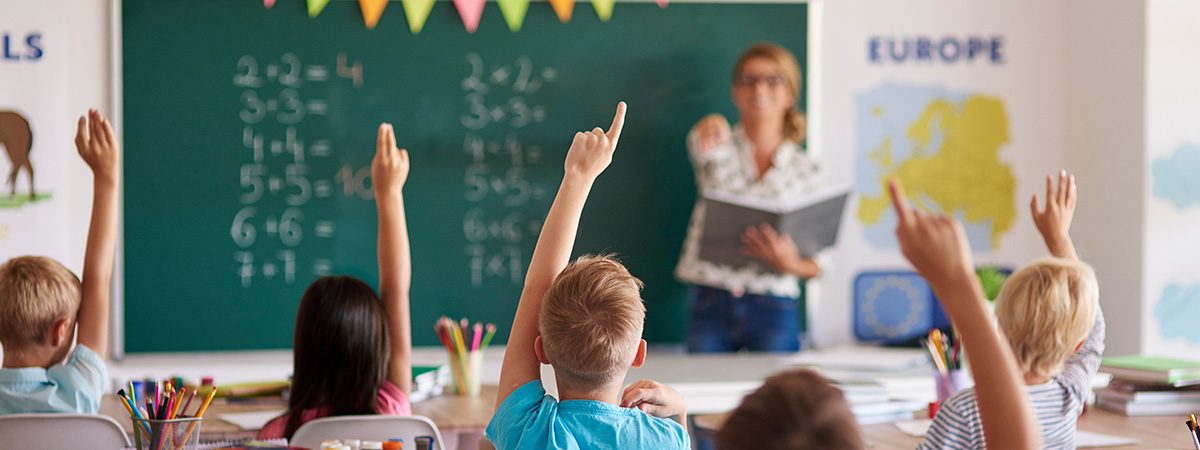
Leave us your email or number and we will email you your login credentials within 1 business day.

PUBLISHED FRIDAY JULY 8, 2022
In classes, conflicts are inevitable. However, the way you manage those disagreements can help your students be a lot better when they approach similar encounters in the future. You can teach your students to solve problems without fighting through conflict resolution skills.
These activities will help them identify potentially explosive scenarios and develop strategies for dealing with them. Here are three techniques you can try out in the classroom.;
Many times, miscommunication breeds conflicts. That’s why you need to let your students understand the power of listening. Do this by letting both parties cool off through listening and writing exercises.
For the listening exercises, allow them to face the speaker without interrupting them. After listening, tell them to ask questions to better understand the speaker. Also, ensure they don’t give advice or suggestions at this point. After it all, they should repeat what they’ve heard in their own words.
For writing exercises, let both parties write about the conflict. How it made them feel and what they would do differently.
These two exercises allow your students to self-reflect and also develop their listening skills.
Another way to squash misunderstandings is by letting them see things from another perspective. This will build their empathy skills and also be more considerate of others. You can do this by role-playing. Place both parties in opposing situations different from what they’d ordinarily be in.
Allow them to act like the other person and encourage them to resolve it. This way they can see in real-time how their actions influence the other person. It helps remove the “how would you feel if it were you?” question.
After every conflict resolution session, you should spend time recording the insights you’ve gotten. This will help you track how well each student has improved and what you can also do. The truth is that not every technique will work the same way for each student. Identifying what works for which student is a great technique in itself.
Create student profiles, how frequently they get into conflicts and how well they manage them. You can also ask your students to profile themselves and their surroundings. It’ll also help you see things from their point of view.
Update these records and visit them from time to time. It’ll help you define more objective lines of action. We recommend using the OClassApp for your class management. With this, you can find any student, track their usage and automatically update their behavioural changes.

